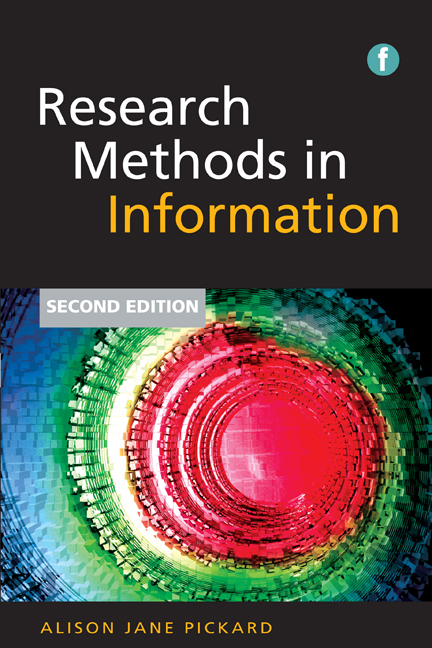Preface to the second edition
Published online by Cambridge University Press: 08 June 2018
Summary
I'd like to start this preface with a huge thank you to the generous and kind individuals who reviewed the first edition. Stupidly, it hadn't occurred to me when writing it that it would be ‘out there’ and subject to the usual scrutiny all texts are exposed to; the realization dawned when a close friend and colleague told me to read the review in the online journal Information Research. It took me a while to click the link he had sent in the e-mail, I was genuinely terrified! To see the words ‘I have found it! Finally, I have found what I was looking for, since I started working with research students! A book that makes it clear’ (Maceviciute, 2007) made my heart jump and I decided that would be the only review I read. But of course it wasn't. I hope this second edition goes some way to address the things that people thought were missing from the first – thankfully there weren't many. In fact, I'm not entirely sure it was time for this but my publishers thought differently and I trust their knowledge and understanding. The most significant additions are the two guest chapters included here by close colleagues of mine: Professor Julie McLeod, Sue Childs and Elizabeth Lomas have provided an excellent chapter on Data Research Management, which is part of the output of their JISC-funded DATUM project. Dr Andrew Shenton has also contributed a chapter on the analysis of existing documents which adds another dimension to the text. My work has primarily been one of updating and restructuring in response to comments from colleagues and students, as well as my own desire to add or remove certain things. I hope I have addressed most if not all of the comments and I hope this second edition is useful to the current and next generation of LIS researchers.
- Type
- Chapter
- Information
- Research Methods in Information , pp. xi - xiiPublisher: FacetPrint publication year: 2013



